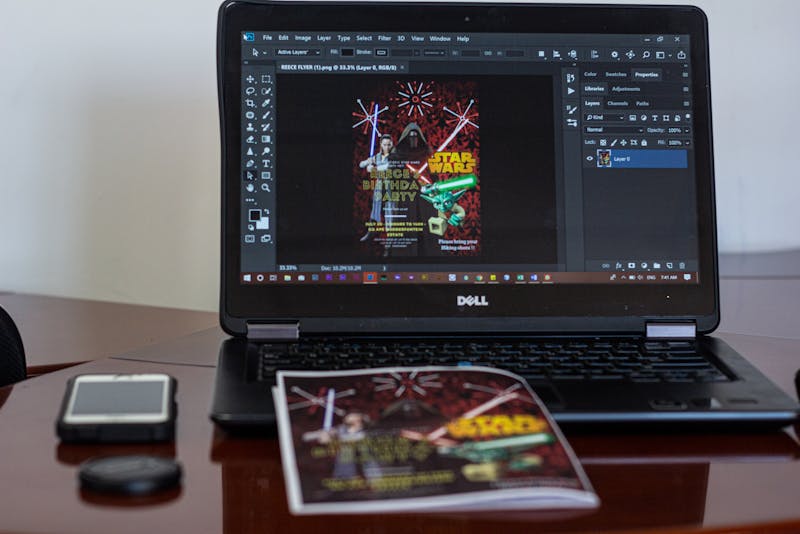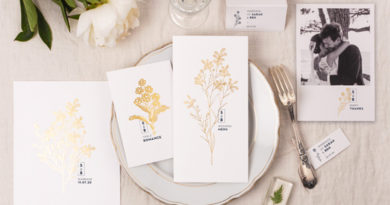Anatomy of Invitations: Tradition Meets Technology
Invitations have long been an important in human interaction, serving as a prelude to gatherings, celebrations, and significant events. The evolution of invitations, however, is worth noting — from elaborate calligraphy on parchment to sleek digital messages. This change merges ancient customs with contemporary tech, reflecting broader societal changes.

The Historic Foundation
Historically, invitations were a statement of status and refinement. Crafted by hand and delivered personally, their presence was an art. The social elite valued these missives, understanding that an invitation’s elegance epitomized the event’s significance. The paper’s texture, the ink’s hue, and the artistry of calligraphy signaled more than mere details; they communicated dedication and intent. Such craftsmanship was vital in societies where written communication was rare and thereby held unique reverence.
Moreover, invitations acted as historical records, encapsulating the cultural and social customs of their time. Each one had its tale to tell about the norms around social discourse, hospitality, and celebration rituals. The language used, as well as the symbols and motifs incorporated, reflected regional characteristics, ensuring that a significant portion of cultural identity was imbued within a mere piece of parchment.
Technology and its Intrusions
The rise of technology has irreversibly altered the invite. Today, countless online platforms offer tools for creating and sending e-vites with a click of a button. Terms like HTML and JPEG have replaced types of paper and ink, as efficiency and speed are now the currency of choice. While the elegance of time-honored invitations still exists, technological convenience is dominant. From birthdays to board meetings, digital invites are ubiquitous, morphing the once tangible into a visual experience shared across devices.
In our digital world, the emergence of online event invitations offers a contemporary convenience that meets the demands of the present day while respecting the detailed design traditions of the past. These innovations allow for creative expressions previously limited by physical constraints.
Despite the prevalence of digital invitations, there remains a segment that cherishes bespoke, physical invites. These enthusiasts argue that the sensory experience of holding a beautifully crafted invite cannot be matched by pixels and screens. This preference plays into a broader desire for personalization that technology sometimes struggles to replicate fully. Their commitment to paper serves as a poetic nod to the traditions of yesteryears.
Cultural Fusion and Hybridization
As digital advances reshape how society communicates, the eclectic mix of traditional and current is evident in invites. Hybrid invitations marry physicality and immediacy: a paper invite mailed with a digital RSVP link exemplifies this fusion. This blend has found favor in diverse settings, bringing about a broader accessibility that accommodates both tradition-bound and tech-inspired individuals.

Simultaneously, globalization influences the nature of invitations. An event in one part of the world often incorporates elements, motifs, or design styles from another, creating a unique blend of cultural symbols. Digital platforms have made it easier for hosts to integrate such global perspectives, introducing a delightful cross-cultural dialogue represented through invites.
Environmental Impacts and Costs
The transition from traditional to digital invites also holds environmental implications. The carbon footprint of physical invitations, involving paper production and transportation, contrasts starkly with e-invites. Digital invites, trumpeted for their eco-friendliness, present a paperless solution—a decisive portrayal of progress in eco-conscious efforts. With fewer materials to procure and transport, events can boast a more sustainable approach. Yet, energy consumption from servers hosting these digital platforms continues to raise questions about their net environmental benefit.
Maintaining Etiquette in a Digital Epoch
Traditionalists balk at the informality potential of digital invites; they argue the experience loses a touch of personal connection. Yet, even modern digital etiquette strives to uphold decorum. A well-designed digital invite can convey warmth and prognosis, adhering to the decorum cherished by traditional standards. Personalizing digital invites with the target audience in mind retains grace amidst evolving norms.
The Future: Tech Redefining Etiquette
Emerging technologies like virtual and augmented reality hold immense potential for reimagining invitations entirely. Imagine an invite that immerses recipients in a virtual preview of the event’s theme, locations, or notable highlights. As tech continues to advance, the ability to personalize invites creatively is bound to become even more compelling.
In conclusion, while technology transforms invitations into a different kind of art form, the core principles of connectivity, anticipation, and gathering remain unchanged. It’s evident that as tradition meets technology, invitations maintain their role as gateways to human connection and interaction.



